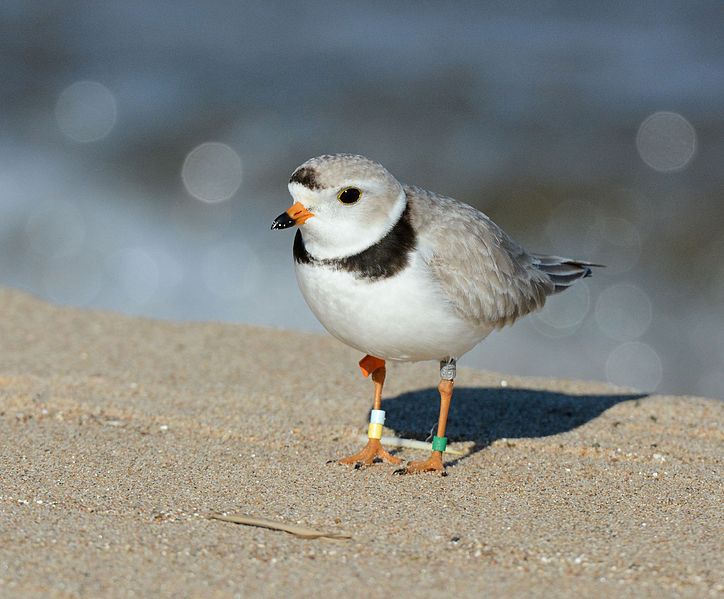Offer
Provide additional details about the offer you're running.
Provide additional details about the offer you're running.
Provide additional details about the offer you're running.

By USFWSmidwest (Piping Plover) [CC BY 2.0 (http://creativecommons.org/licenses/by/2.0)], via Wikimedia Commons
Here in the province of Ontario, the piping plover is recognized as an endangered species, meaning the birds are facing imminent extinction or extirpation. The small shorebird has been featured on the Species at Risk in Ontario list since its inception back in 2008.
These small birds have the ability to blend in perfectly with the pale-sand beaches they call home and sport a stubby orange bill adorned with a black tip. These birds breed primarily along the Atlantic coast, the western Great Lakes and can be spotted along wetlands, rivers, and lakes in the northern Great Plains.

By USFWS Mountain-Prairie (Flickr: Piping plover chicks) [CC BY 2.0 (http://creativecommons.org/licenses/by/2.0)], via Wikimedia Commons
In addition to the nest at Presqu’ile Provincial Park, Wasaga Beach was home to five nests this year and another pair of nests was observed at Darlington Provincial Park, between Bowmanville and Oshawa, Ontario.
Given the large risk of predation, a call for volunteers was initiated in an effort to protect the hatchlings until they were able to fly on their one. Piping plovers are precocial, meaning they are able to run around immediately after hatching, but can take up to 30 days before they take their first flight. With the risk of predation from coyotes, raccoons, other mammals and gulls, volunteers placed fencing and staged round-the-clock surveillance on the chicks. This customized fencing is perfectly sized, allowing the small birds the ability to come and go as they please, but far too small to allow any predatory animals in.
While eight nests is certainly a promising trend, we are still quite a ways off from the historical total of 90 active nests. With continued conservation efforts, monitoring and research, we all hope to soon read about the piping plover’s comeback coming full circle.
High Quality Blend